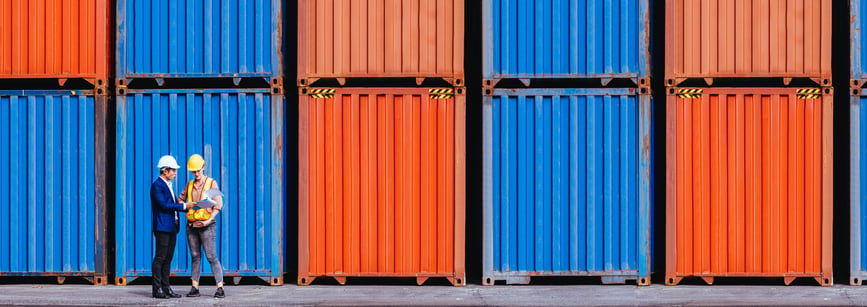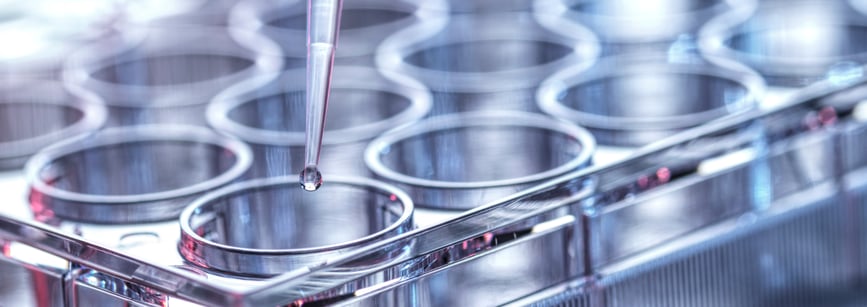
The Canada Border Services Agency (CBSA) has proposed amendments to the method of assessing value for duty of imported goods. This would essentially change the Valuation for Duty Regulations. Depending on the importer’s business model, this could significantly impact duty and Goods and Services Tax (GST) payout.






